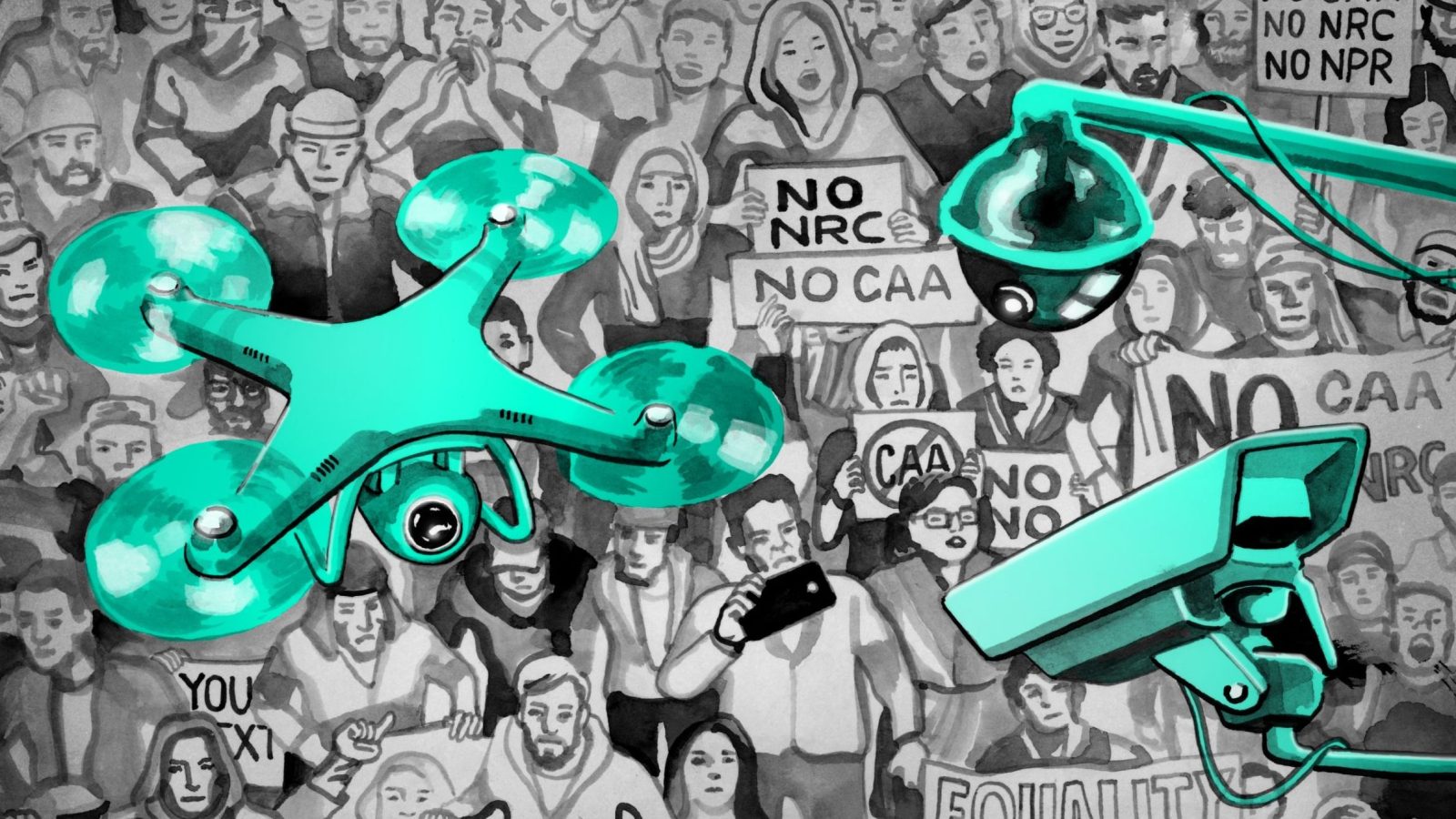How governments are using facial recognition to crack down on protesters

🌈 Abstract
The article explores how the rise of facial recognition technology is impacting the ability to protest, with case studies from Russia, India, and Iran. It examines how authorities are using facial recognition to identify and target protesters, leading to a chilling effect on public demonstrations.
🙋 Q&A
[01] The rise of facial recognition in Russia
1. How has facial recognition technology been used by Russian authorities to target protesters?
- Russian authorities have installed over 160,000 CCTV cameras in Moscow, many of which are connected to facial recognition systems like Sfera. This has allowed them to identify and detain protesters, often preventively, before they can attend demonstrations.
- OVD-Info, a Russian human rights group, has documented 595 cases since 2021 where facial recognition was used against dissenters, including 141 cases of preventive detentions on the metro.
- Protesters like Yulia Zhivtsova and Andrei Markov have been identified and detained by police using facial recognition, even for minor acts of protest like graffiti or having a tattoo.
- The widespread use of facial recognition has had a chilling effect, with mass protests in Russia becoming "individual in nature" rather than large-scale events.
2. How have Russian authorities justified the use of facial recognition against protesters?
- Russian authorities have not been transparent about their use of facial recognition, with details rarely appearing in court documents.
- However, the technology's deployment has coincided with a broader crackdown on protest following mass demonstrations in 2011-2012, as well as increased surveillance measures after Russia's invasion of Ukraine in 2022.
[02] Facial recognition targeting minorities in India
1. How has facial recognition been used against protesters in India, particularly minority groups?
- During the 2019 protests against the Citizenship Amendment Act (CAA), which was seen as discriminating against Muslims, police used surveillance tactics including facial recognition to target student activists, especially young Muslim women.
- Facial recognition was also used to identify and arrest hundreds of people, disproportionately Muslims, following riots in Delhi in 2020 related to the CAA.
- Experts believe facial recognition in India is being used to specifically target minority communities, taking advantage of existing police prejudices against Muslims.
- The widespread use of facial recognition has had a chilling effect on protests, with demonstrations becoming much rarer in cities like Hyderabad.
2. What are the concerns around the disproportionate use of facial recognition against minorities in India?
- Studies have shown facial recognition technology is likely to disproportionately impact Muslim communities in India due to police biases and the over-surveillance of Muslim-populated areas.
- This reflects a broader trend of anti-Muslim sentiment in India's policing, with Muslims making up over 30% of the prison population despite being only 14% of the population.
- The combination of facial recognition and police prejudice creates a powerful tool for the targeted persecution of minority groups participating in protests.
[03] Facial recognition and the crackdown on protests in Iran
1. How has Iran claimed it will use facial recognition to enforce its hijab laws?
- Shortly before the 2022 protests following Mahsa Amini's death, the Iranian government announced plans to use facial recognition to identify women not wearing hijabs in public.
- Authorities have reiterated this threat during the protests, saying they will use "tools and smart cameras" to identify and take action against "norm-breaking people."
- However, it remains unclear how extensively facial recognition is actually being used, as the government may be exaggerating its capabilities to induce fear.
2. What is the impact of the threat of facial recognition on women's protests in Iran?
- Even without proven widespread use, the threat of facial recognition has had a chilling effect, with women like Maryam feeling they must be constantly alert for anyone trying to photograph them.
- While Maryam continues her personal protest of not wearing the hijab, she is concerned about potential escalating consequences if she is caught again, as the authorities have suggested the penalties will increase.
- Experts believe the Iranian government is leveraging the idea of facial recognition more as a tool for intimidation, rather than having fully implemented the technology on a large scale.
</output_format>